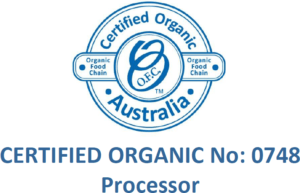We’re all guilty of at some point in our lives throwing rubbish somewhere other than a bin.
Did you know that Australians are the second highest waste producers in the world? We are in fact a mere second to America where studies have shown that only around one percent of materials flowing through their economy are still in use after a year. These statistics are just numbers which barely describe our worlds as it is today, with the extensive amount of products created and then in turn wasted, we as people living in the 21st century are members of a throw-away society.
In Australia, around 10 million tonnes of waste is produced annually, with half of that could be recycled and another 3 million tonnes of that wasted being food. It is evident that some people in this society take our earths resources for granted and either waste products or simply just buy too much. This should come as no surprise to any of us, yet even now some people are still naive to the enormity of our problem. The world we are living in today is highly consumerist; media and technology control our everyday lives and this ultimately affects our treatment of the environment.
People in our modern society feel the desire to have the newest and the best and businesses and companies are constantly trying to keep up with these rising demands. To try to put this into context, imagine this, every 3.5mins a new product is released worldwide. With new products always being produced, people abandon their old version in the attempt to own the best that is available, until a newer products is released and so the cycle continues.
Think of the number of phones, ipods and computers you’ve bought in the past few years. We all know the old one worked fine, but the desire to have the latest and greatest model, to be in with the new technology takes hold.
There are two types of product creation which influence the way in which people buy and dispose of certain products. Firstly there are ‘planned’ products, these are designed specifically to be disposed of or just easily breakdown. An example of a ‘planned’ product would be the disposable razor. As the razors are bought in bulk, with blades that wear down easily, the consumers are persuaded to discard of these razors quickly and contentedly, hence creating more waste.
There are also ‘perceived’ products, these persuade the consumers to dispose of a product because it is no longer the latest or most satisfying. An example of this would be Apple, with the constant release if iPod modes, each time more fashionable and improved. Both types of product creation are major aspect of businesses in today’s world and affect the way we buy and treat products. This way of thinking also influences people to freely discrd of products without considering the long-term impacts.
Some people are realising the issues of our throw-away society and are trying to reduce the amount of waste produced. In fact, Australians are some of the best recyclers in the world; with households recycling around 70% of newspapers and roughly 2.3 billion aluminium cans annually it is evident that people are trying to make a difference. But is that enough?
There is still a war that needs to be fought. With the rate at which people are creating waste, a lot more recycling is going to need to be done before a real difference is to be made.
Ultimately, to save our planet and its resources people need to cut down on the consumption and tread lightly on the planet. Many people, fortunately, are heeding this message.


